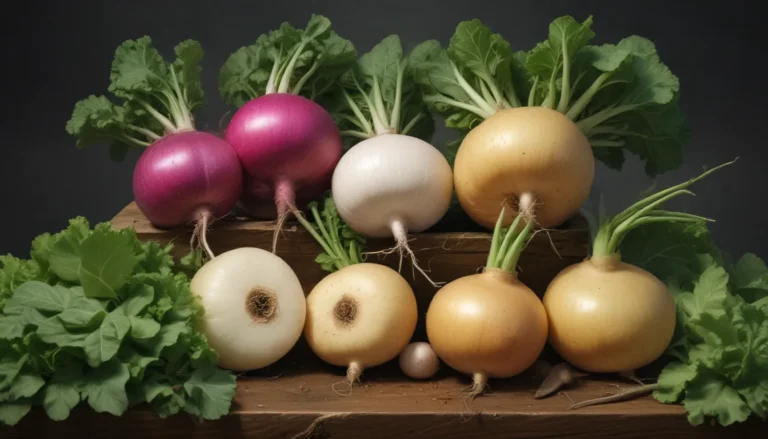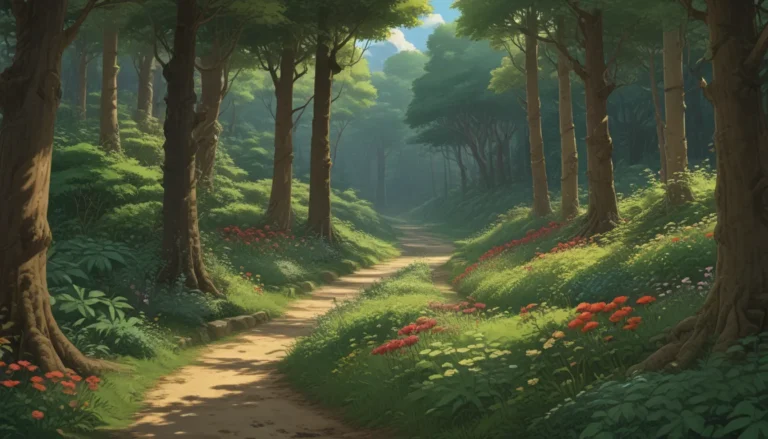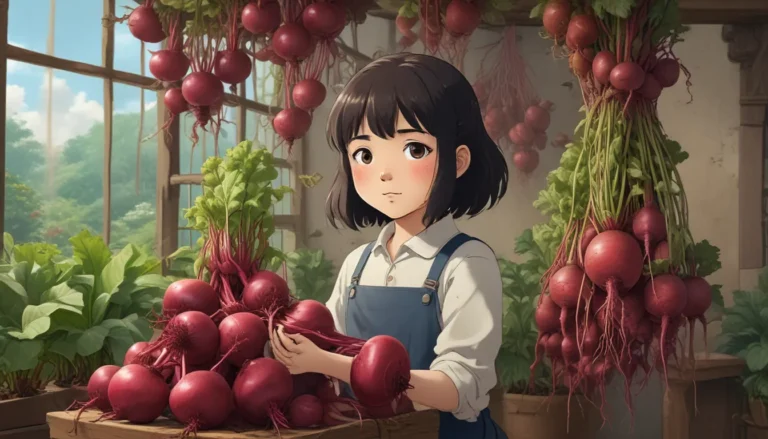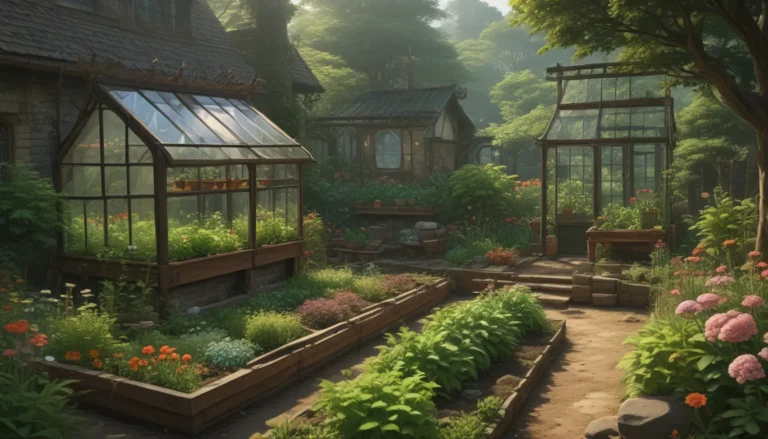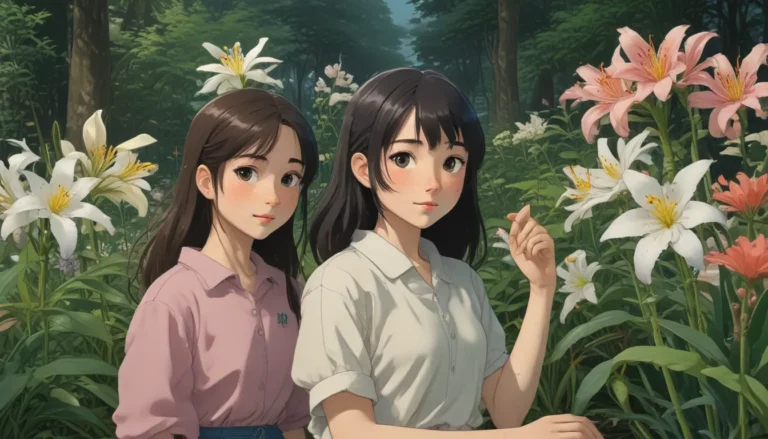Exploring Native Blue Wildflowers for Your Garden Landscape
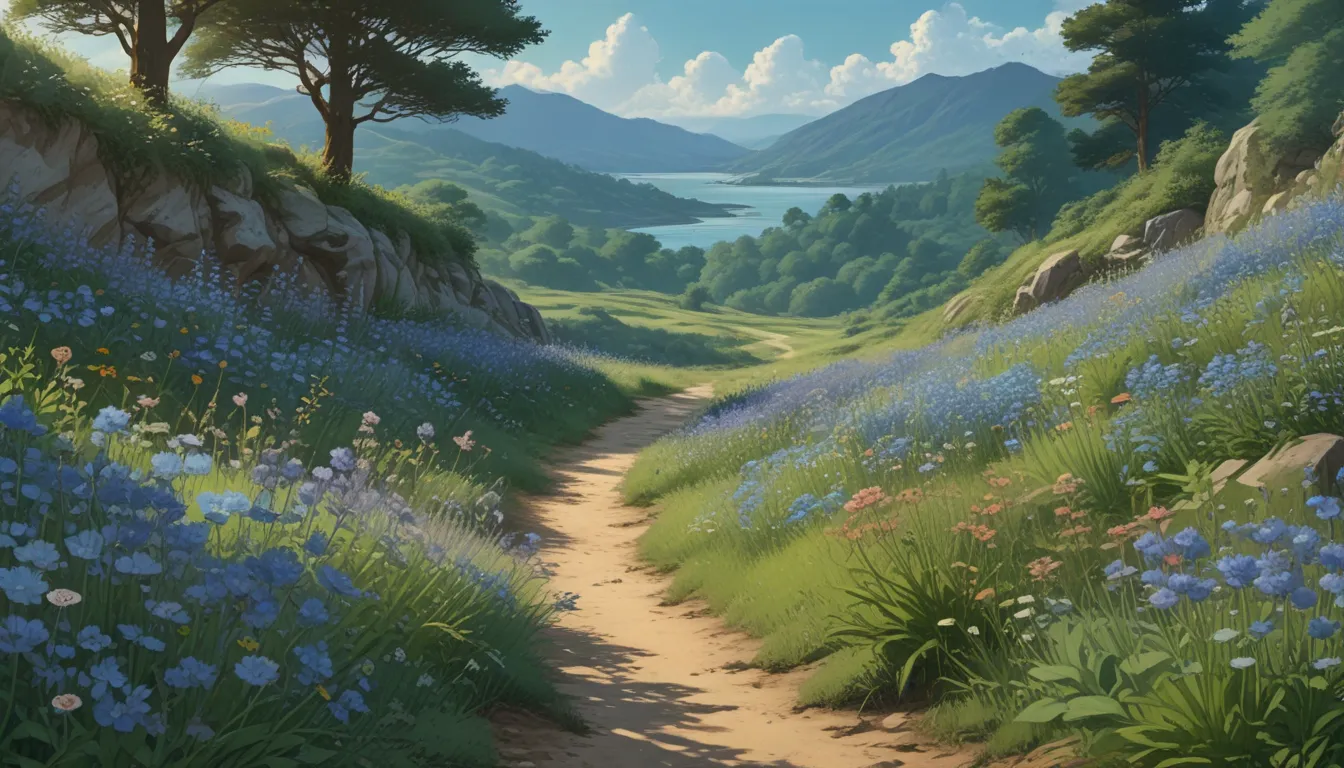
Are you looking to add a pop of color to your garden that will attract birds, bees, butterflies, and other pollinators? Consider incorporating native blue wildflowers into your outdoor space!
Blue flowers are a stunning addition to any garden, whether you have a color-coordinated theme or a mix of vibrant hues. These native plants are not only beautiful but also environmentally friendly choices for your home garden. They require less maintenance and watering, making them an excellent choice for busy gardeners.
In this article, we will explore eleven outstanding native blue wildflowers that are sure to brighten up your landscape. These plants are native to the US and thrive in their specific regions, offering a range of shades from light blue to deep indigo.
Understanding Native Plants, Wildflowers, and Cultivars
Before we dive into the details of these native blue wildflowers, it’s essential to understand the terminology associated with them.
- Native Plants: These are species that originate in one or more US states.
- Wildflowers: When native plants grow in the wild, they are referred to as wildflowers. They may be annuals that reseed themselves or perennials that return year after year.
- Cultivars: Plant breeders develop new hybrids and cultivars of native plants, offering variations in color, size, and other characteristics.
When selecting native plants for your garden, consider your hardiness zone to ensure the plants will thrive in your specific climate. You can use the USDA Plant Hardiness Zone Map to determine your zone and choose appropriate plant varieties.
Now, let’s explore the unique characteristics of each native blue wildflower:
1. Common Hepatica (Hepatica americana)
- Height: 6 inches
- Bloom Time: Early spring
- Colors: Blue, white, or pink
- Growing Conditions: Part shade, medium moisture, rich soil
- Zone: 3 to 8
Where to Get It? Visit your local home improvement store for seeds in the wildflower section.
2. Colorado Blue Columbine (Aquilegia caerulea)
- Height: 2 to 3 feet
- Bloom Time: Late spring
- Colors: Blue with white
- Growing Conditions: Full sun to part shade, moist soil
- Zone: 3 to 8
Where to Get It? Purchase ‘Blue Star’ columbine seeds from Burpee for your garden.
3. Virginia Dayflower (Commelina virginica)
- Height: 1 to 3 feet
- Color: Blue
- Growing Conditions: Full sun or shade, moist soil
- Zone: 5 to 10
Where to Get It? Look for Virginia dayflower at your local nurseries.
4. Narrowleaf Blue-Eyed Grass (Sisyrinchium angustifolium)
- Height: 1 to 2 feet
- Bloom Time: Late spring to early summer
- Color: Violet blue
- Growing Conditions: Sun, rich, moist soil
- Zone: 4 to 9
Where to Get It? Find this plant at Nature Hills Nursery for your garden border.
5. Northern Blue Flag Iris (Iris versicolor)
- Height: 2 to 3 feet
- Color: Violet blue
- Growing Conditions: Full sun to partial shade, wet soil
- Zone: 3 to 6
Where to Get It? Purchase potted bulbs from Nature Hills Nursery for beautiful iris blooms.
6. Bluehead Gilia (Gilia capitata)
- Height: Up to 1 foot
- Bloom Time: Late spring to early summer
- Color: Lavender blue
- Growing Conditions: Full sun to part shade, well-drained soil
- Zone: 3 to 10
Where to Get It? Explore various quantities of seeds at Eden Brothers for your rock garden.
7. Blue False Indigo (Baptisia australis)
- Height: 2 to 4 feet
- Color: Blue violet
- Growing Conditions: Sun to part shade, medium moisture soil
- Zone: 3 to 10
Where to Get It? Source your blue false indigo plant from Nature Hills Nursery for a majestic addition to your garden.
8. Mealy Cup Sage (Salvia farinacea)
- Height: Up to 3 feet
- Bloom Time: Spring to autumn
- Color: Violet blue
- Growing Conditions: Full sun, low moisture
- Zone: 3 to 10
Where to Get It? Check out “Salvia Evolution” at Nature Hills Nursery for a drought-tolerant option.
9. Texas Bluebonnet (Lupinus texensis)
- Height: 1 to 3 feet
- Color: Cobalt blue with white
- Growing Conditions: Full sun, well-drained soil
- Zone: 3 to 8
Where to Get It? Select from various quantities of seeds at Eden Brothers for your Texas garden.
10. Bottle Gentian (Gentiana andrewsii)
- Height: 1 to 2 feet
- Bloom Time: Late summer to autumn
- Color: Blue
- Growing Conditions: Full sun to part shade, moist soil
- Zone: 3 to 6
Where to Get It? Purchase affordable seeds from Seedville USA via Amazon for this unique bloomer.
11. Wasatch Gentian (Penstemon cyananthus)
- Height: 1 to 2 feet
- Color: Bright blue
- Growing Conditions: Full sun, dry sandy soil
- Zone: 4 to 8
Where to Get It? Look for Wasatch gentian seeds or plants at your local nursery for an eye-catching addition to your landscape.
With a variety of options for native blue wildflowers, you can create a stunning display in your garden. Be sure to choose plants that are suitable for your hardiness zone and growing conditions to ensure their success.
When shopping for these plants, look for the Latin names to ensure you are selecting the correct varieties discussed in this article. Whether you start from seeds or purchase established plants, follow the planting instructions carefully to help your wildflowers thrive.
Are you ready to bring a touch of blue to your garden? Share your favorite native blue wildflowers in the comments below. We can’t wait to hear about your gardening adventures!
If you enjoyed this guide, check out our other resources on growing native wildflowers and sowing seeds for a colorful garden landscape. Happy gardening!
